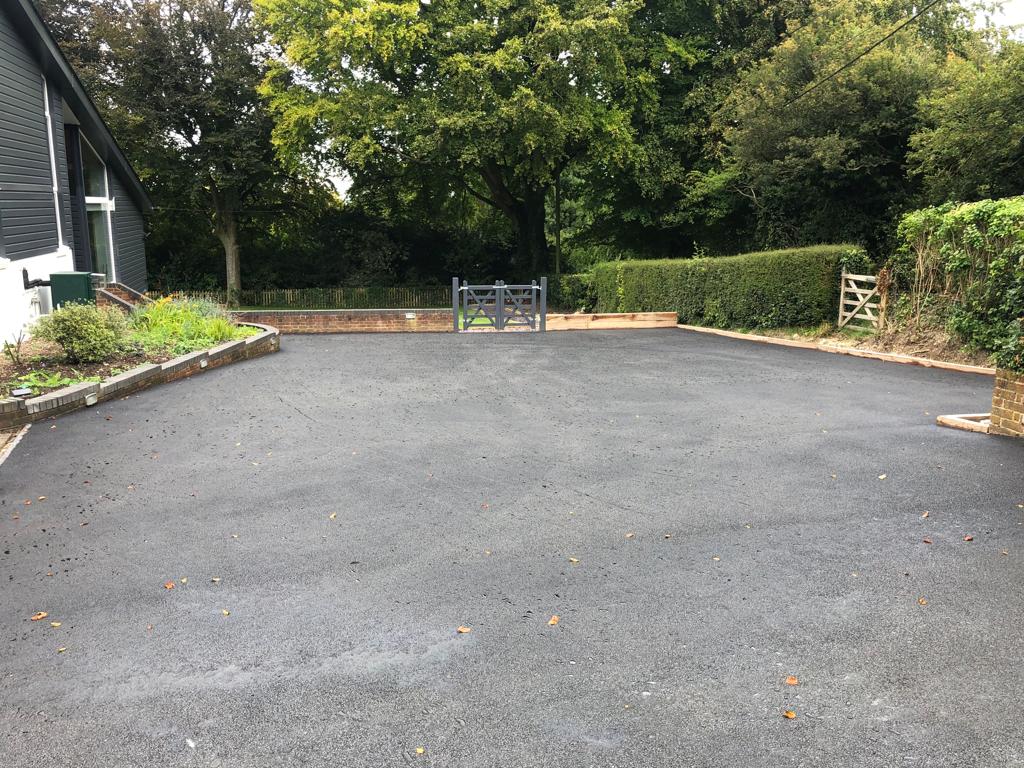Spray and seal is a trusted surfacing solution for regional roads, accessways, car parks, and rural properties. It’s fast, economical, and effective—but its success relies heavily on how it’s applied and the conditions under which it’s installed. At Geelong Road Tech, we specialise in professional spray and seal applications across Geelong, VIC. With every project, we consider multiple variables to ensure lasting performance and value.
Here are six key factors that influence the durability and effectiveness of a spray and seal surface.
Surface Preparation
The Foundation Makes All the Difference
The base must be properly prepared before any sealing work begins. This includes:
- Correct grading for effective drainage
- Removal of loose debris or dust
- Thorough compaction to avoid subsidence
A poor base leads to early failure of the spray seal, regardless of the quality of the binder or aggregate used. At Geelong Road Tech, we never cut corners when it comes to surface preparation.
Weather Conditions
Timing is Critical
Temperature, wind, and humidity all play a role in how the bitumen binder performs during application. Optimal spray seal performance requires:
- Warm, dry conditions for better adhesion
- Minimal wind to avoid uneven spray
- Stable temperatures for even curing
Applying in unsuitable weather can result in binder separation, poor aggregate retention, or premature wear.
Binder Type and Quality
Not All Bitumen Is Equal
The binder is the core of any spray seal application. The type and grade used must suit the surface and expected load. Key considerations include:
- Viscosity for effective spraying
- Bitumen content suited to traffic volumes
- Compatibility with aggregate material
Using the right binder ensures that the aggregate adheres properly and that the surface remains watertight and flexible over time.
Aggregate Selection and Application
The Stone Makes the Surface
The size, shape, and cleanliness of the aggregate directly impact skid resistance, durability, and appearance. Key factors include:
- Clean, dry, angular stones for better binding
- Even distribution to avoid stripping or soft spots
- Immediate application after spraying
The use of quality aggregate ensures even wear and a consistent surface texture—essential for both safety and lifespan.
Rolling and Compaction
Locking Everything Into Place
After the binder and aggregate are applied, rolling is critical. This step:
- Embeds aggregate into the binder
- Eliminates loose stones
- Creates a smooth, traffic-ready surface
Proper rolling enhances both the safety and structural performance of the seal. Skipping this step or doing it improperly can lead to rapid deterioration.
Traffic Management and Curing Time
Don’t Rush to Reopen
Spray seal surfaces need time to set before they’re opened to traffic. Rushing this step can cause:
- Stone dislodgement
- Surface rutting
- Bitumen tracking onto nearby areas
We ensure each surface has cured adequately before allowing vehicles back on, preserving the integrity of the seal.
Conclusion
Spray and seal offers excellent value and performance—but only when applied with care, knowledge, and the right materials. Every successful application depends on factors like surface preparation, weather, material quality, and curing. At Geelong Road Tech in Geelong, VIC, we take these variables seriously to deliver surfacing results that are built to last.
If you’re planning a spray and seal project and want it done right the first time, contact Geelong Road Tech today. We’re here to deliver professional, efficient, and long-lasting surfacing solutions across the region.
Call us on: 03 4159 2883
Click here to find out more about Geelong Road Tech
Click here to complete our contact form and see how we can help with your driveways.

